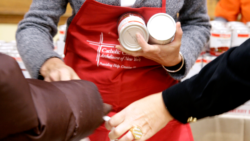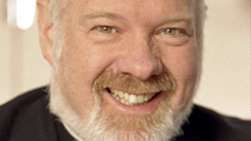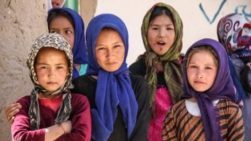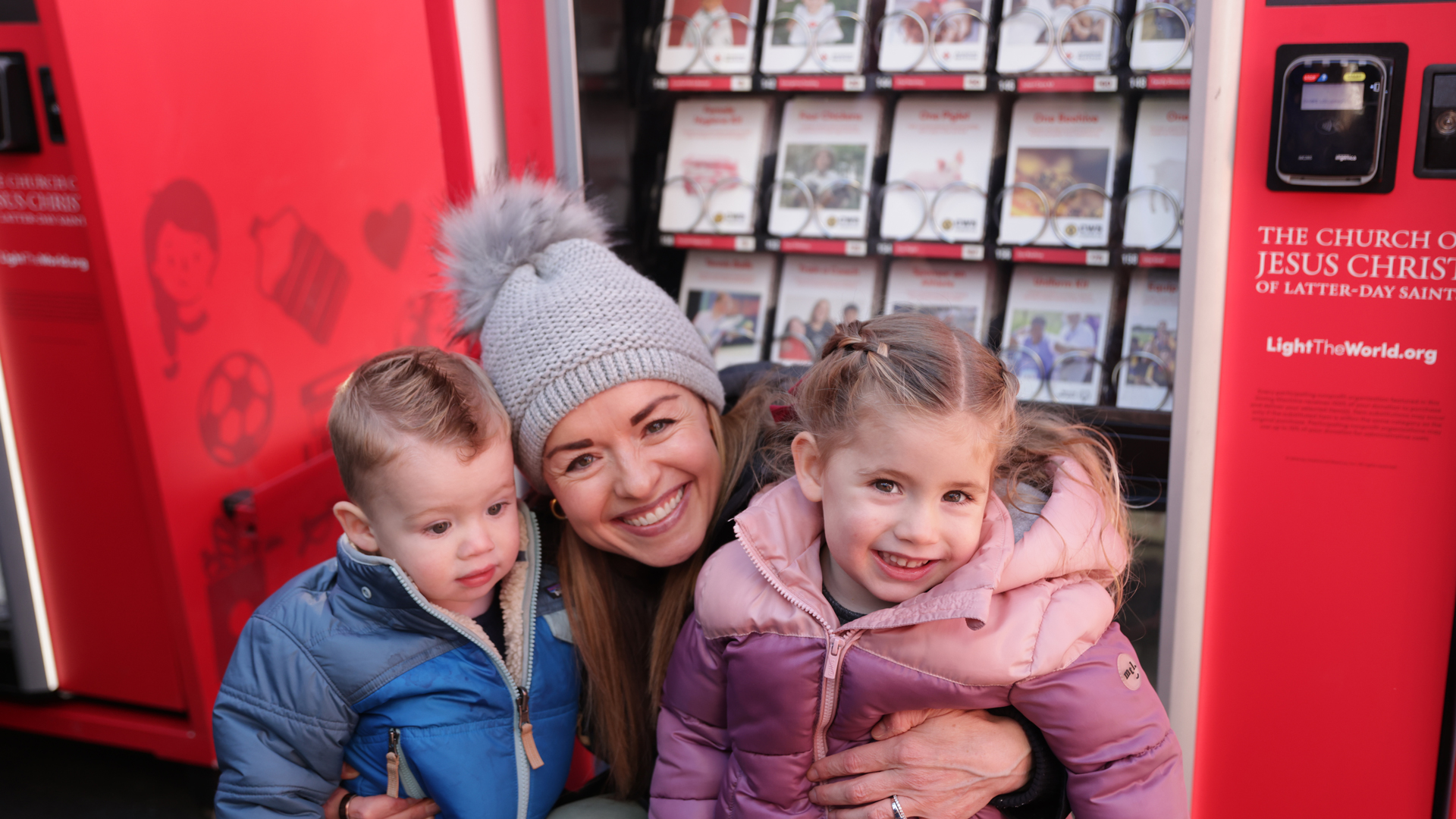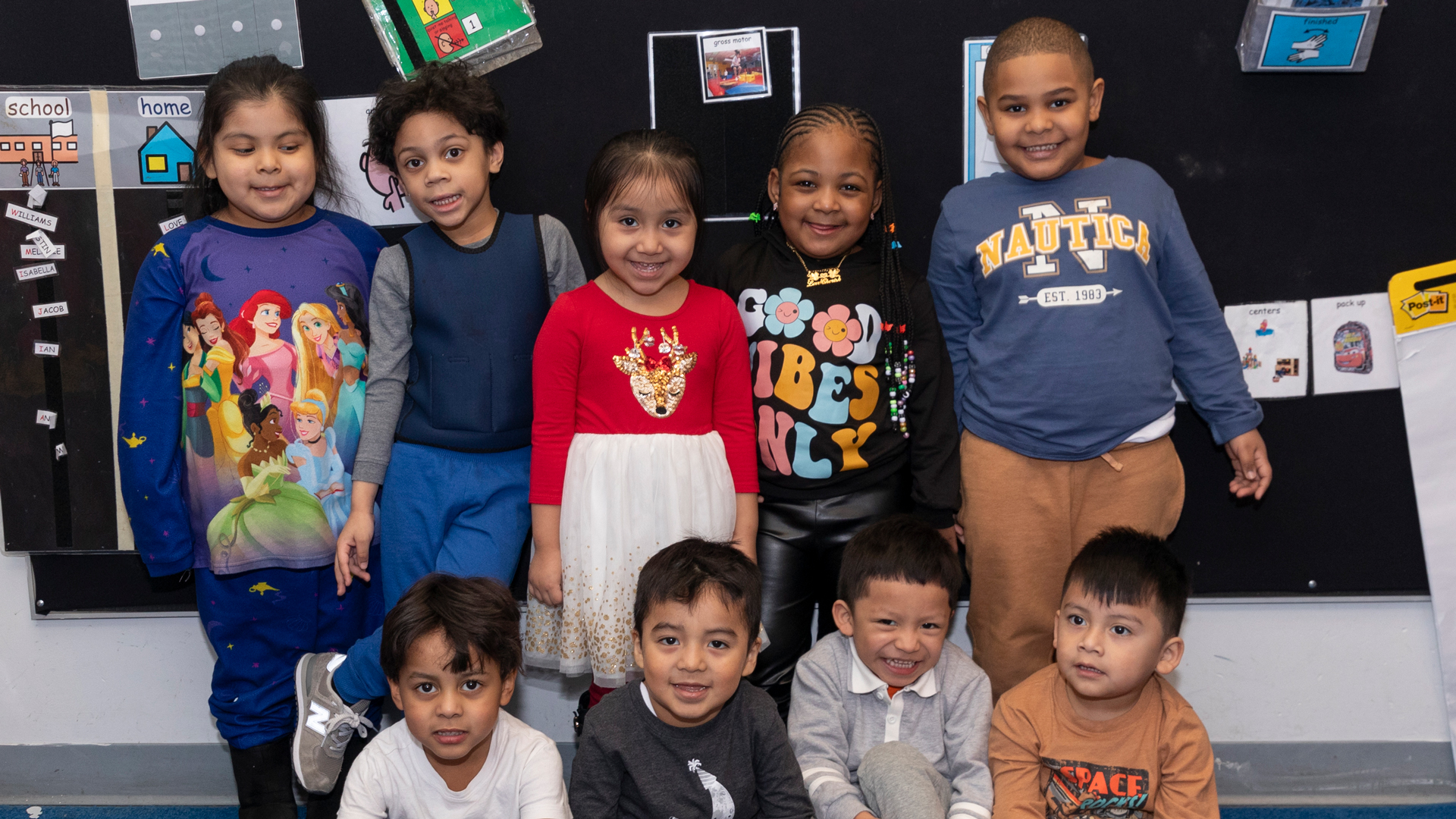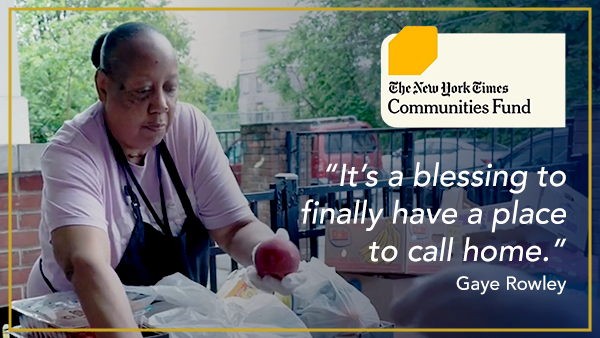How Catholic Charities New York makes an impact on the homeless mentally ill.
Cardinal Timothy Dolan paid a visit to Catholic Charities New York’s Beacon of Hope in the Bronx, a program providing housing to people struggling with serious mental health challenges. He toured recently renovated rooms, blessed a Rosary offered by a resident, and asked down-to-earth questions, such as “Mets or Yankees?” about who controls the television set in the common room. He asked a resident cook about whether he does pasta, and was told that the culinary expertise was soul food. Everyone, residents and staff, was greeted by the most prominent leader of New York Catholics.Beyond the banter was a serious purpose.
“The best part of my job is to get around and see faith in action,” said the cardinal, noting that Beacon of Hope, a residence sponsored by Catholic Charities Community Services for those struggling with homelessness and mental health issues, is a prime example. “You are a beacon of hope to me,” he said.
A total of 78 residents live in the East Bronx building over four floors, part of a leafy campus housing a number of social service agencies. A family of geese greeted visitors the day of the cardinal’s visit.
He heard from staff experts about Beacon of Hope’s commitment residents across the spectrum, from abject homelessness to near-transition to completely independent living. “Few places in New York City are able to do this,” said Harold Moss, Beacon of Hope director, one of those who briefed the cardinal the morning of his visit.
Beacon of Hope includes the East Bronx campus, as well as facilities in Staten Island and Manhattan, intended to assist those coping with homelessness and mental illness. The Beacon of Hope facility in the East Bronx offers 24-hour supervised group living, with case managers available to assist residents pursue personal goals.
The agency also operates scattered housing programs and more independent forms of housing. Education is provided in negotiating daily living, offering support for psychiatric and medical crises, as well as overcoming addictions.
Among other Beacon of Hope programs, St. Augustine Terrace, located at the site of the former St. Augustine Church in the Bronx, is a 112-unit affordable housing building with units set aside for formerly homeless adults with mental illness and 24-hour support services.
The cardinal heard, in the morning conference with Beacon of Hope leaders, what Mr. Moss described as “a continuum of care,” exercised by staff, from assisting people who live on the streets to providing services such as English language, medical care, and doctors’ visits. The goal, said Mr. Moss, is “to get people off the street and to keep people off the streets.”Those briefing the cardinal also included Dr. Tyson Boudreaux, clinical director of the Bronx Psychiatric Center; Dennis Scimone, associate director, Residential Programs; Theresa O’Donnell, director of Bronx Housing; Program managers Brittney Ramos, Glenn Taylor and Brenda Rodriguez, and Greg Townes, substance abuse services coordinator.
The cardinal learned how COVID-19 changed how the program provides care, even as it was kept open throughout the pandemic. There was more use of teleconferences and Zoom calls, with therapy offered over the phone. The East Bronx center was a vaccination site, and residents were among the first recipients of vaccines back in January.
“Some of these things are here to stay. The pandemic has changed the nature of care,” said Mr. Moss.
Beacon of Hope is looking to expand its services, using former church properties in the city. One proposed program is at St. James Parish. The campus will help serve as a basic shelter for those on the streets in Lower Manhattan. The facility in the East Bronx will continue to service those ready to take first steps in overcoming homelessness. The idea, noted the cardinal, is to support residents work towards the day that they can graduate to independent living.
The cardinal said he was impressed by the atmosphere at Beacon of Hope, how the staff in particular addressed residents by their first names. “This is a home,” he said. “I sense that pride and I sense that welcome.”
The cardinal noted the religious dimension of the care and support offered at Beacon of Hope. The Catholic Charities program is an example, he said, of the church in action galvanized by Christian faith to serve the most vulnerable.
“Our beacon of hope is Jesus,” he said. “The Son of Man didn’t have a place to live. In his name, we don’t want people to have to say that,” he said.
Our beacon of hope is Jesus


